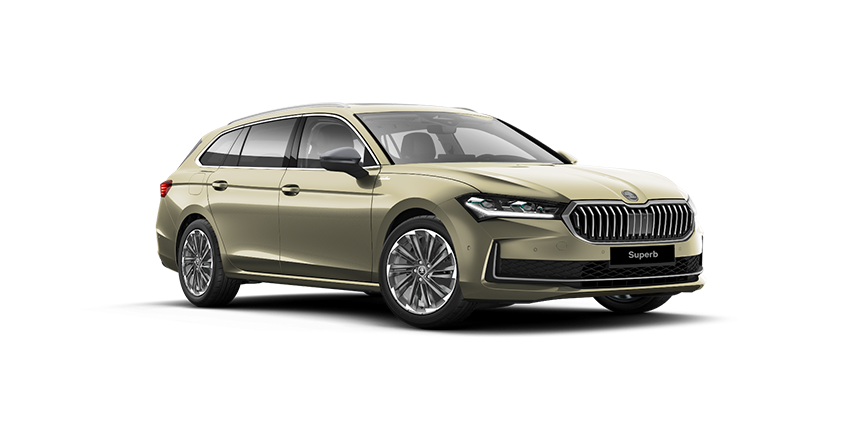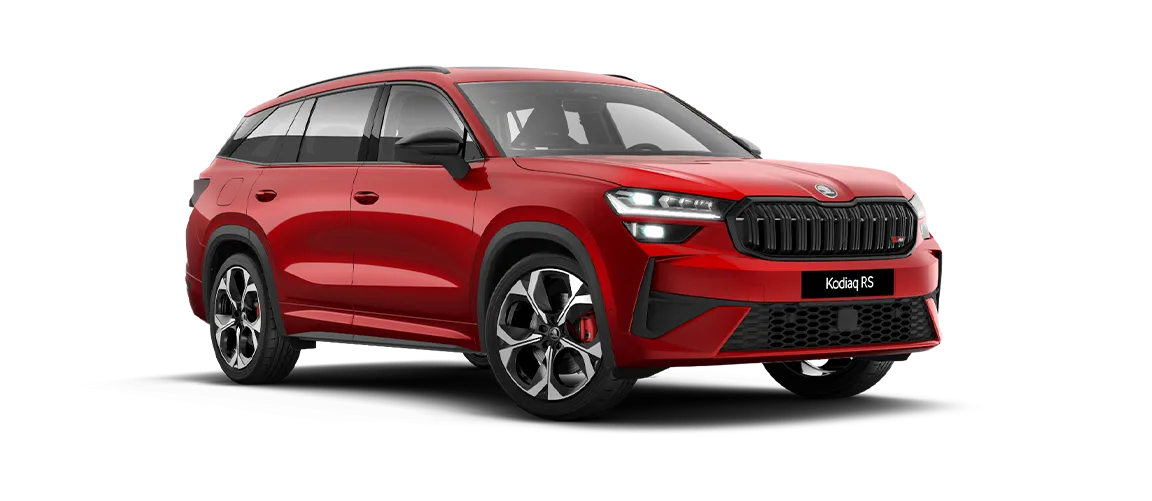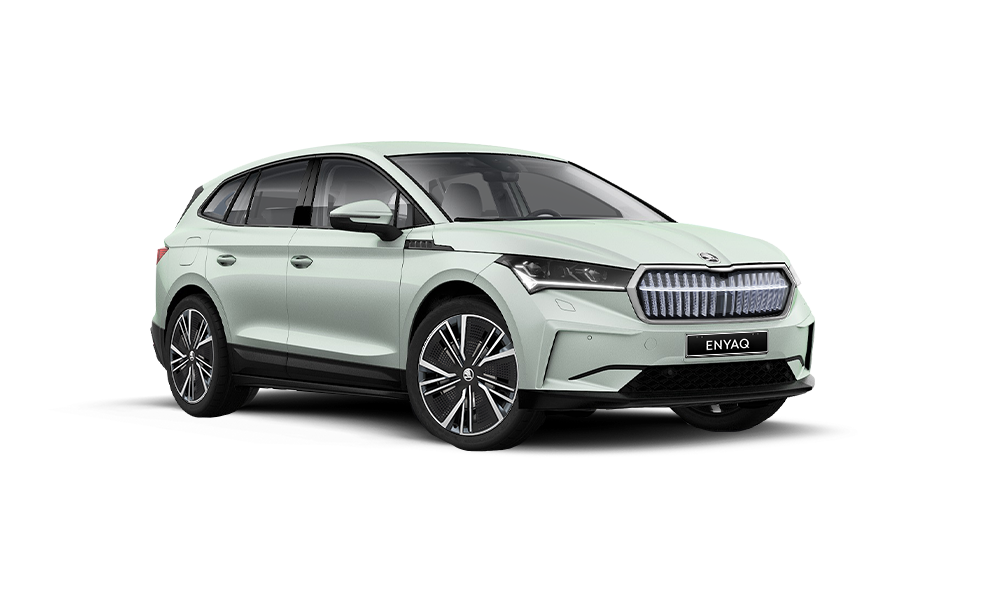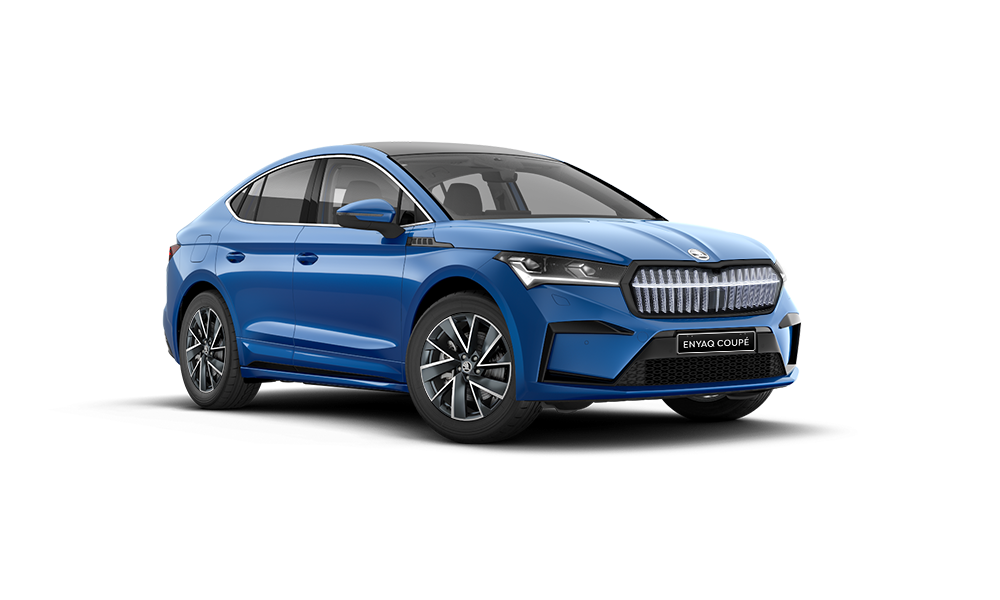5 underrated sedans in Singapore that would surprise the driving enthusiast

Sedans like the (clockwise from top left) Skoda Octavia RS, Honda Civic Hybrid, Audi A5 Sedan and Honda Accord Hybrid are underrated options that may have been overlooked by enthusiasts.
PHOTO: AsiaOne/Ben Chia
Before the rise of the SUVs, the humble sedan was pretty much the default choice for most people looking for a practical car for daily use.
Most sedans are designed to lead humdrum and regular lives, but they also possess inherent attributes such as a low centre of gravity that tend to make them potentially more entertaining to drive than a tall SUV.
Not every sedan carries sporting pretensions of course, but there are a number of offerings that are surprisingly fun or interesting that may have flown under the radar of enthusiasts for various reasons, whether it be their unassuming nature or lack of brand status. That doesn't mean they don't deserve their day in the sun - on the contrary, they definitely warrant a second look for keen drivers looking for an underrated sedan that can deliver plenty of smiles behind the wheel.
Skoda Octavia RS
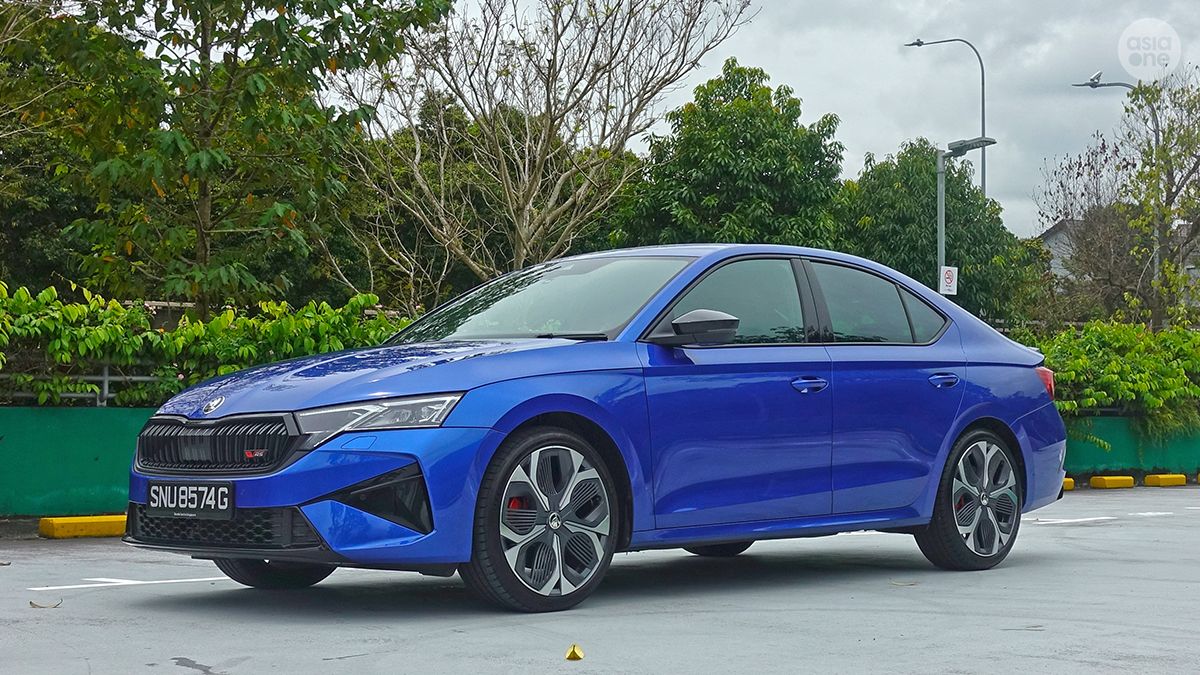
PHOTO: AsiaOne/Ben Chia
What is it? The Skoda Octavia RS is the performance variant of the Octavia, Skoda's mainstream family sedan offering. Think of it as the Skoda equivalent of the iconic Volkswagen Golf GTI hot hatchback, but with a larger and more practical sedan body.
What's good about it? Well, this version is the facelifted model of the current Octavia that was launched in 2021. The visible updates are relatively minor, and are mostly restricted to the revised grille, headlights and taillights, and a larger infotainment screen on the inside.
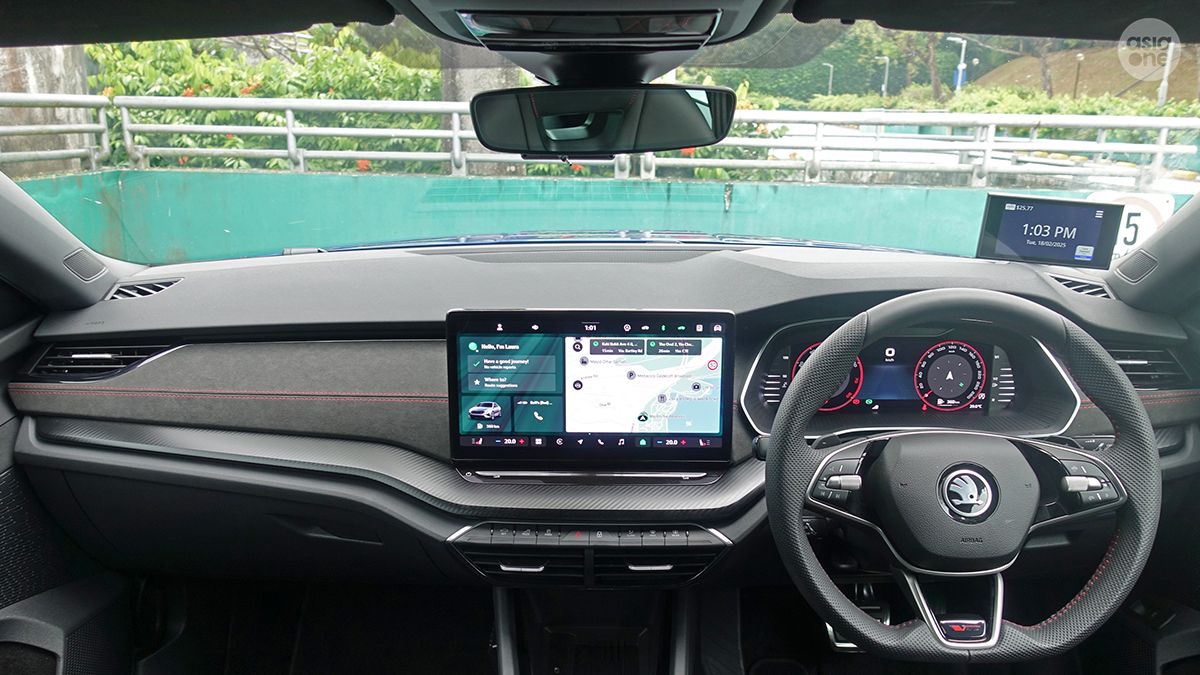
PHOTO: AsiaOne/Ben Chia
Under the hood though, the facelifted Octavia RS gets a 20hp boost, and it now puts out an impressive 265hp from its 2.0-litre turbocharged engine. This makes it the most powerful Octavia ever, and 0-100km/h comes up in a brisk 6.5 seconds.

The facelifted Octavia RS now gets 20 more horsepower, for a power output of 265hp. PHOTO: AsiaOne/Ben Chia
There's definitely a lot of punch to offer, with its eagerness to rev and get up to speed quickly a sheer delight for those who like to go fast.
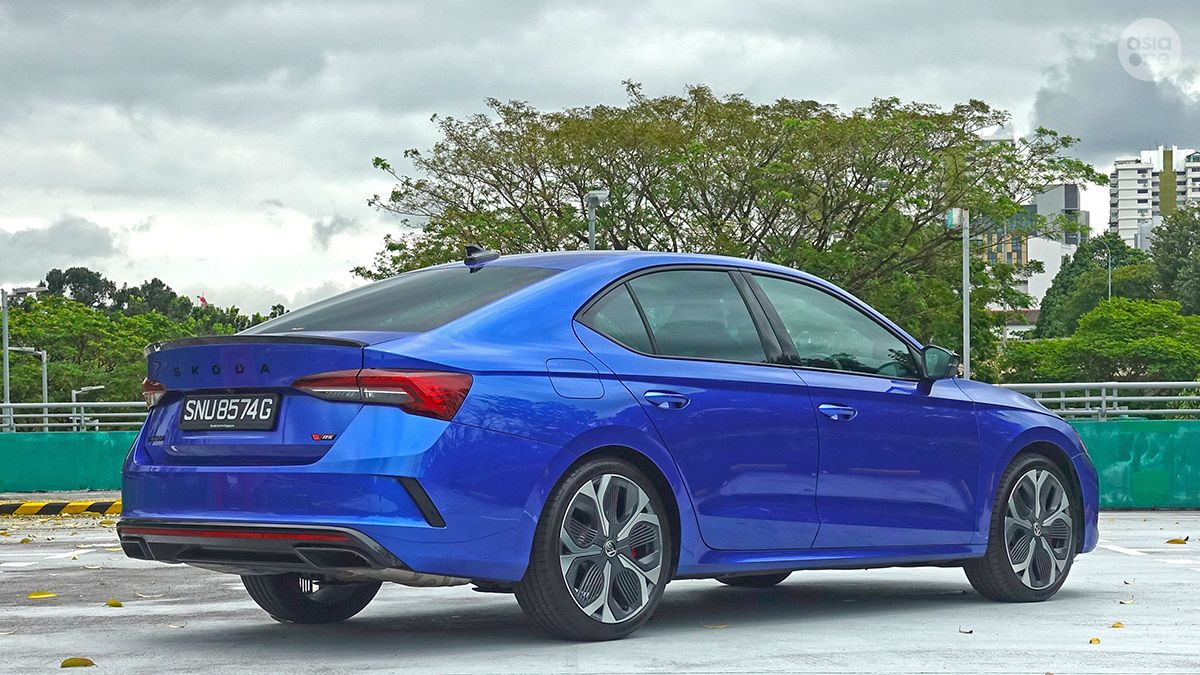
PHOTO: AsiaOne/Ben Chia
But more than just straight-line speed, the Octavia RS truly impresses when you show it some corners. The steering is sharp and responsive, and the chassis maintains its composure even when pushed hard, with plenty of traction available as you go through bends.
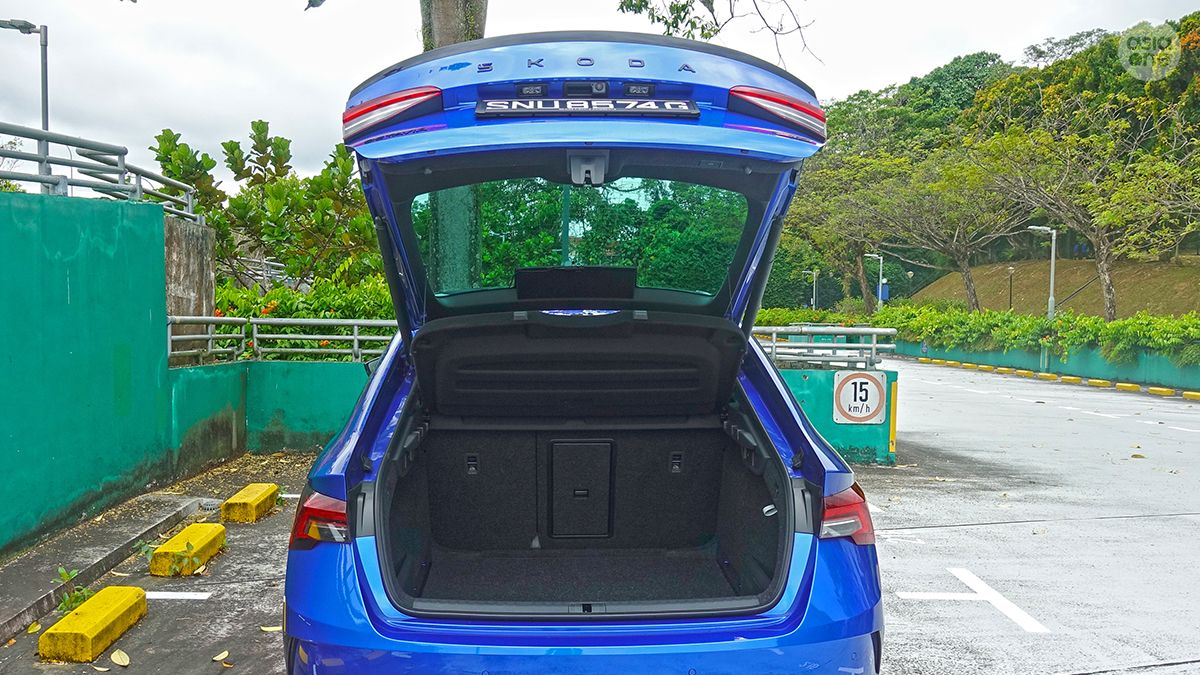
The Octavia RS offers an impressive 600 litres of boot space. PHOTO: AsiaOne/Ben Chia
And you get all of that wrapped up in a modest but practical sedan body style. Its biggest strength in this area is its impressively generous boot space, with 600 litres available, expandable to 1,555 litres if you fold the rear seats down.
If you still want more space, there's also an Octavia Combi RS station wagon variant available, which is basically the same car but with a bigger boot capacity of 640 litres with the seats up, and a colossal 1,700 litres with the seats down.
What can be improved? For all of its brilliance, the Octavia RS's biggest obstacle may be its price tag, because at $277,900 with COE (as of August 2025), it certainly is not cheap.
Its closest competition comes from within, with the Volkswagen Golf GTI undercutting the Octavia RS at $267,900 with COE. There's also the recently-launched Cupra brand, which has the 286hp Tavascan on sale for just $230,900 with COE, although that is an electric crossover and so isn't quite a direct rival for the Octavia RS.
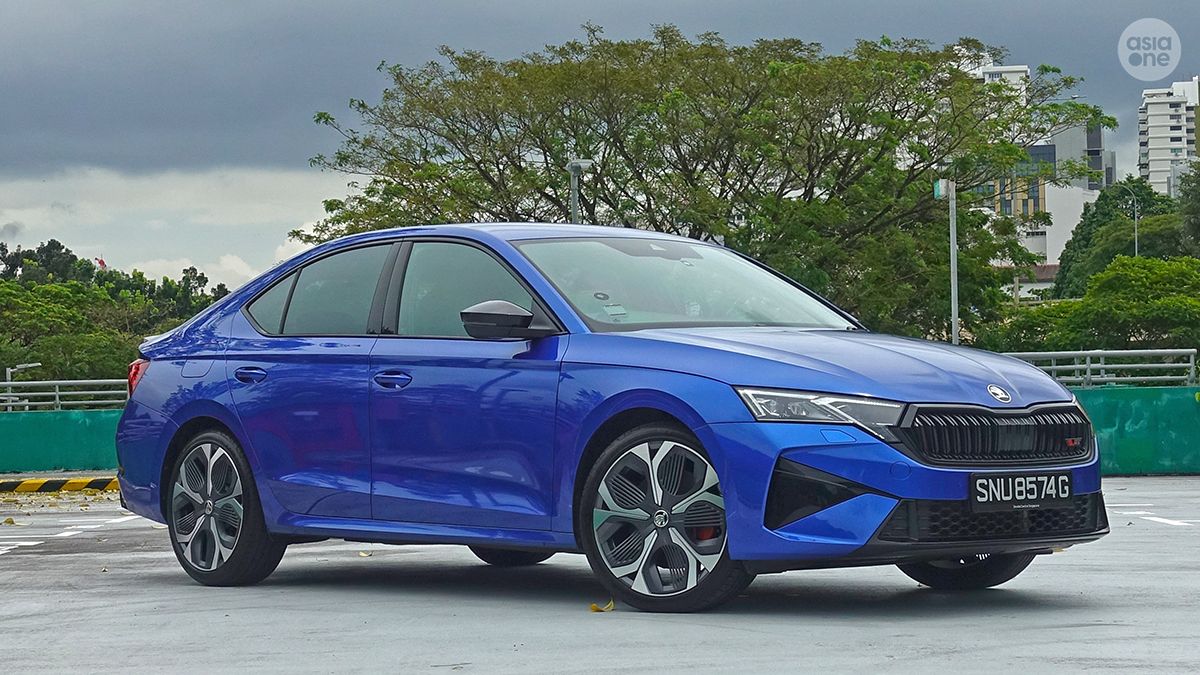
PHOTO: AsiaOne/Ben Chia
Its low-key looks, with few identifying features marking it out as an RS other than the blacked-out grille, a slightly more aggressive front bumper and a few badges on the exterior, might not appeal to enthusiasts who want their performance car to stand out from the crowd more as well.
Should I buy one? If you're all about subtlety, and want a car that is more substance than style, the Octavia RS makes for a fantastic choice for those who want a car that they can genuinely enjoy driving every day with few compromises.
Honda Civic Hybrid
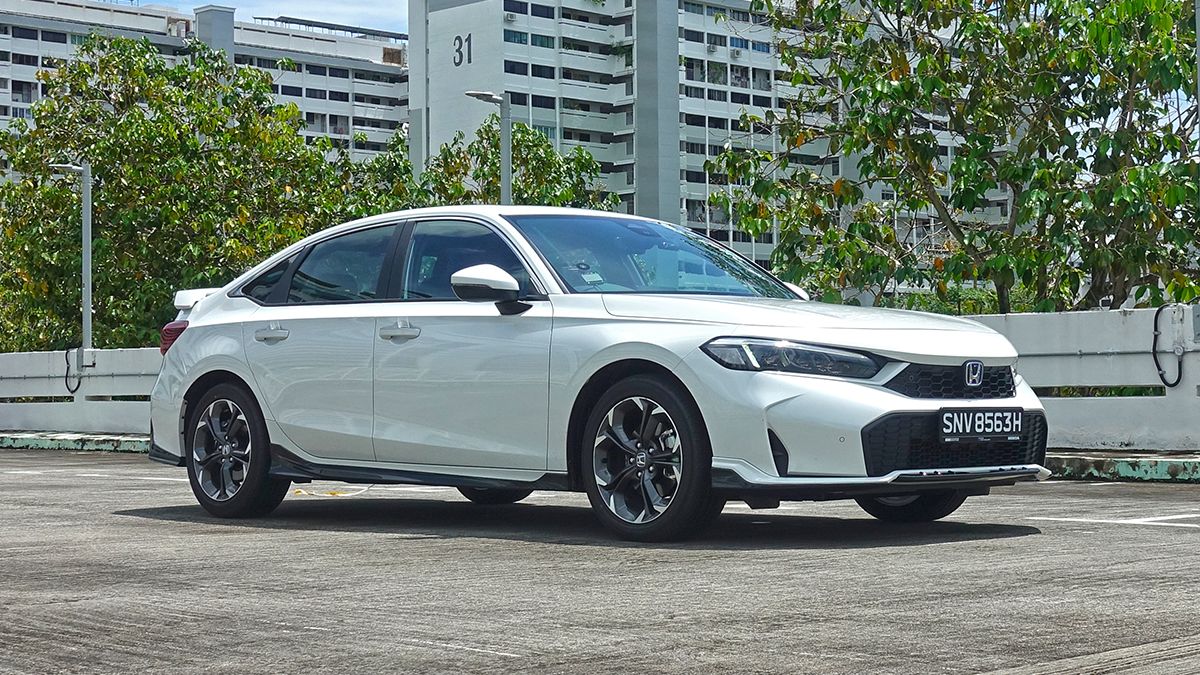
PHOTO: AsiaOne/Ben Chia
What is it? The eleventh-generation Honda Civic now gets a hybrid drivetrain, having first debuted here in 2021 with just a 1.5-litre petrol engine. Besides the added efficiency that a hybrid offers, the new variant also gets a power boost thanks to its larger capacity 2.0-litre engine.
What's good about it? First, we have to acknowledge the key weakness of the Civic 1.5, which was its lacklustre engine. That unit was tuned to produce 127hp to meet the requirements to qualify for a Category A COE, but the car's performance clearly felt strangled by the enforced power reduction, and it ruined what was an otherwise decent package.
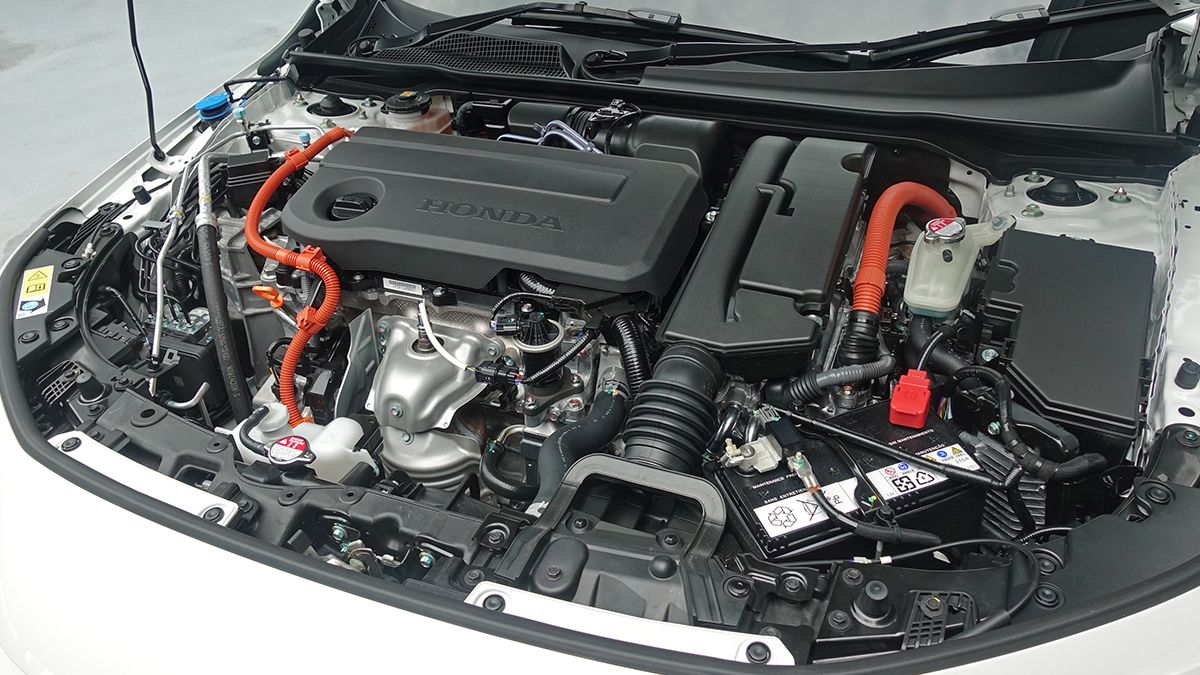
The Civic Hybrid now gets a 2.0-litre engine, and output now stands at 181hp. PHOTO: AsiaOne/Ben Chia
The new 2.0-litre hybrid powerplant addresses that shortcoming, and power output now stands at 181hp, which is obviously a significant boost over the 1.5-litre car. Honda does not provide acceleration figures, but the hybrid does feel sprightlier than the lesser-powered model. At the very least, the car moves much more naturally throughout the rev range, rather than hitting a wall when you floor the pedal, as was the sensation you felt in the Civic 1.5.

PHOTO: AsiaOne/Ben Chia
Being a hybrid means that efficiency too is definitely improved, and the Civic Hybrid now delivers an average fuel economy figure of 4.6 litres per 100km, compared to the Civic 1.5's figure of 6.4 litres per 100km.

Being a hybrid means that efficiency too is definitely improved, and the Civic Hybrid now delivers an average fuel economy figure of 4.6 litres per 100km, compared to the Civic 1.5's figure of 6.4 litres per 100km.
Everything else that was good about the Civic remains, however. That means it still has its well-controlled handling abilities that match perfectly with its accurate steering that offer a decent amount of feel and feedback.
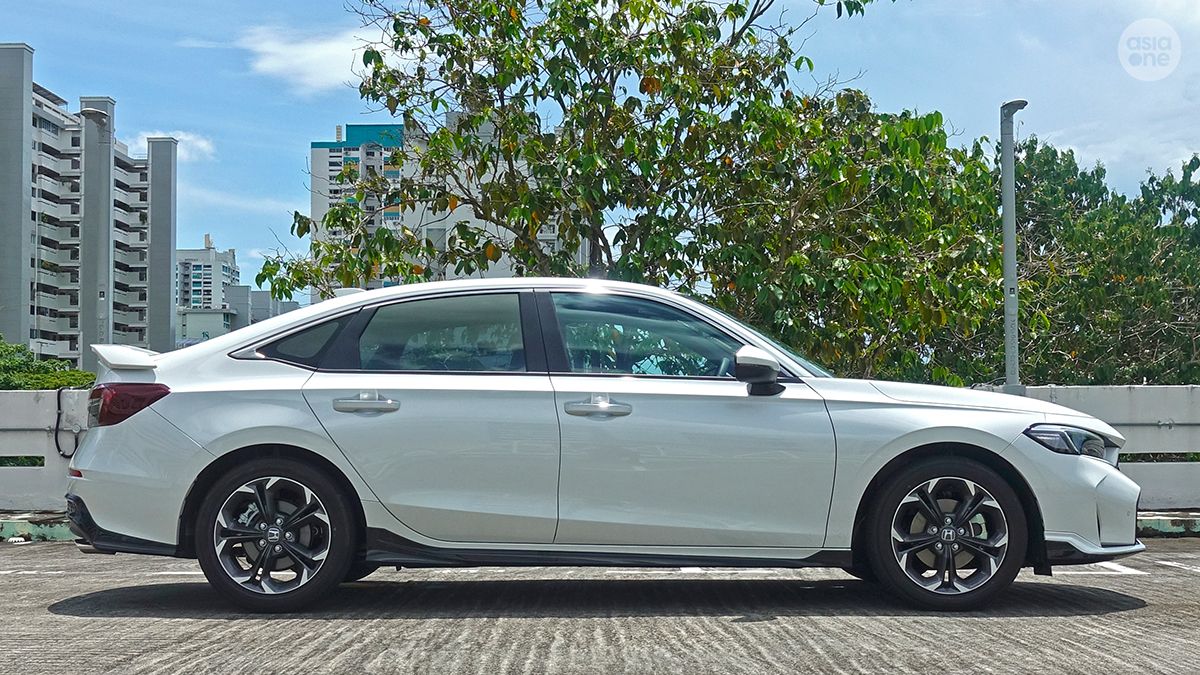
PHOTO: AsiaOne/Ben Chia
The ride quality is pliant and composed, and the car feels remarkably refined on the go, with minimal noise intruding into the cabin.
What can be improved? Unfortunately, the ugly truth about pricing rears its head here again. There is no doubt that the Civic Hybrid is an excellent choice for those who want a sedan that is efficient and drives well, but the vagaries of our COE system means that with a Cat B COE, the Civic Hybrid retails for a rather steep $238,999 with COE (as of August 2025).
In contrast, its closest immediate rival from Toyota, the Corolla Altis Hybrid, is going for $209,888 with COE, though it is a far less interesting car than the Civic.
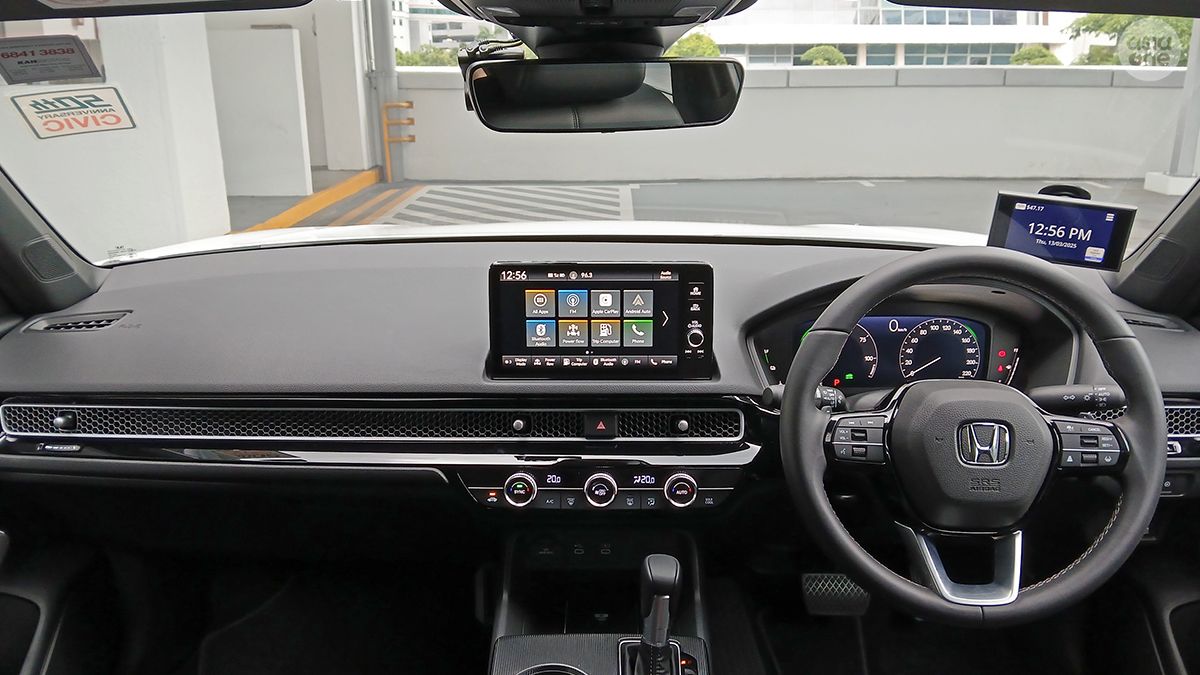
PHOTO: AsiaOne/Ben Chia
It's not the most technologically advanced car either, and for the money you could get a whole host of other offerings that are better equipped and come stacked with more features.
Should I buy one? Few can match the Civic Hybrid's combination of offering an entertaining drive, excellent refinement, decent performance and top-notch efficiency. If you can stomach paying over 200 grand for a Civic, then it is a serious sedan contender that's worth considering.
Honda Accord Hybrid
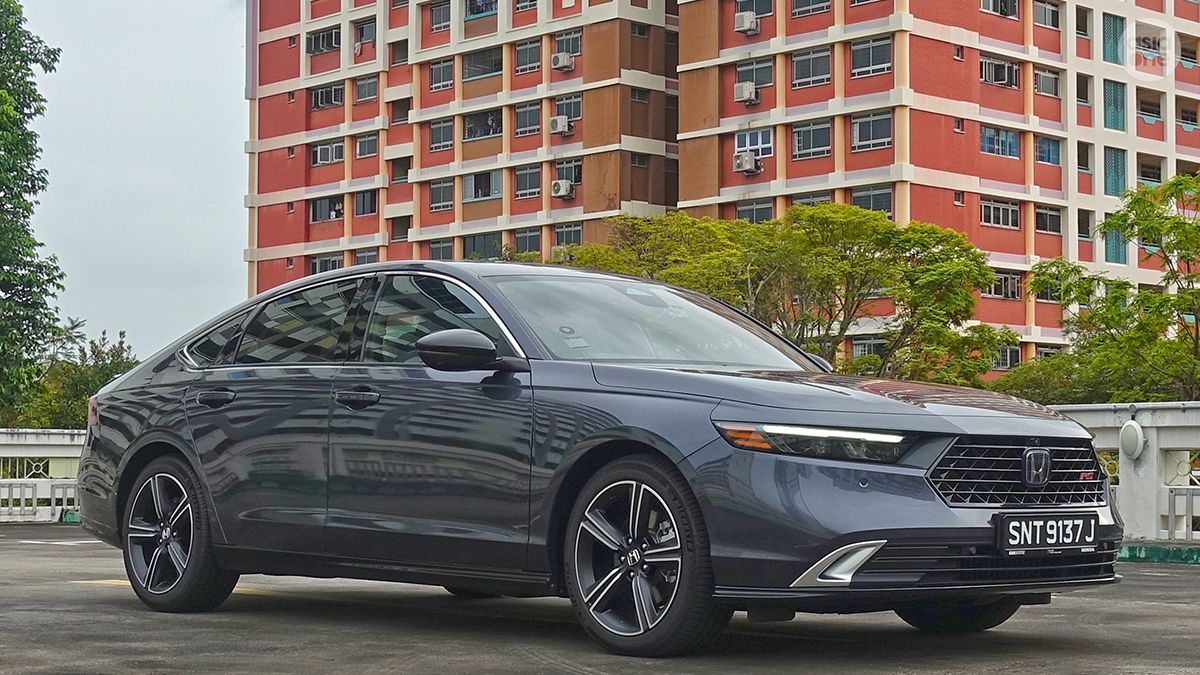
PHOTO: AsiaOne/Ben Chia
What is it? The Civic's bigger brother is the Honda Accord, and it has returned with an all-new eleventh-generation. Once a household name for families who desire a large and dependable sedan, the Accord's star has faded somewhat in recent times as big sedans have fallen out of favour in the market.
What's good about it? Most sedans in the Accord's segment are not known be fun to drive, but the Accord has consistently proven to be the exception through the years.
The latest one is no different, and despite its large dimensions, measuring in at 4,971mm long and 1,862mm wide, the car feels remarkably agile and nimble.
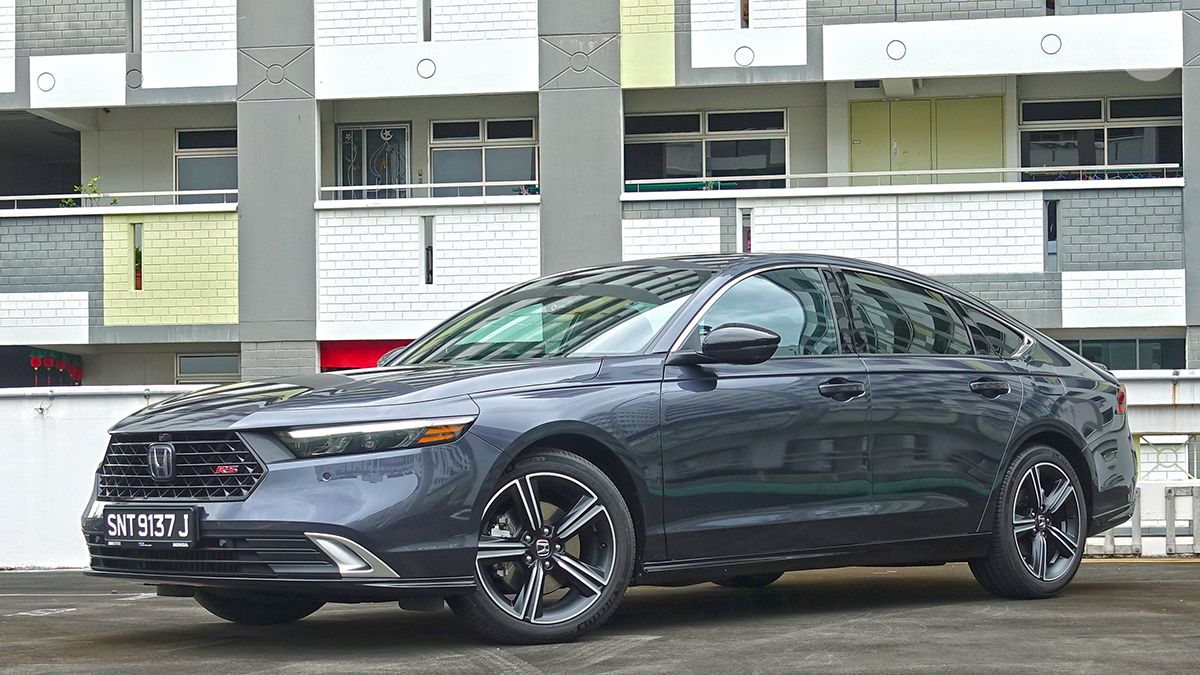
PHOTO: AsiaOne/Ben Chia
The steering is precise, and feels well-weighted with excellent feedback. The chassis and handling balance meanwhile offers exceptional composure and stability through the corners, to the point where you could almost regard the Accord as a sports car.

PHOTO: AsiaOne/Ben Chia
And yet at the same time, the car rides with a pliancy that makes it a superbly comfortable cruiser. This is a car that you could drive all day and not feel tired after a long journey.
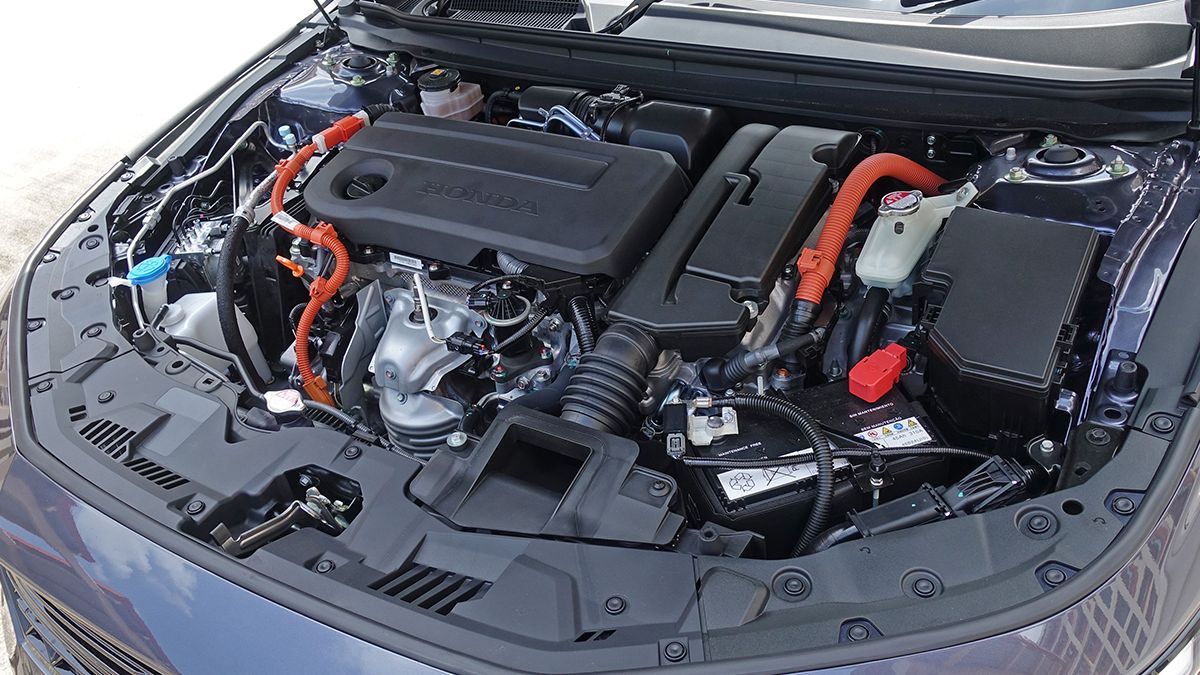
The Accord Hybrid's 2.0-litre engine is paired with two electric motors, for a total output of 181hp and 335Nm of torque. PHOTO: AsiaOne/Ben Chia
The latest Accord is available here solely with a hybrid powerplant, consisting of a 2.0-litre petrol engine matched with two electric motors. Combined output is rated at 181hp and 335Nm of torque, which doesn't sound like much for a car of this size, but it works relatively effectively in this application.

PHOTO: AsiaOne/Ben Chia
The Accord delivers its power in a silky-smooth fashion, with linear acceleration that builds up speed without fuss. It is also very quiet, helped along by the silent electric motor of the hybrid system that transitions to the petrol engine impeccably.
What can be improved? You'll realise that a recurring theme among these excellent sedans are their somewhat exorbitant price tags. That's partly an unfortunate side effect of six figure COE premiums, but nowhere is this more pronounced than on the Accord.
When this latest version was announced at the 2025 Singapore Motorshow, it came with a price tag of well over $300,000 with COE, a figure that sent jaws dropping to the floor in disbelief.
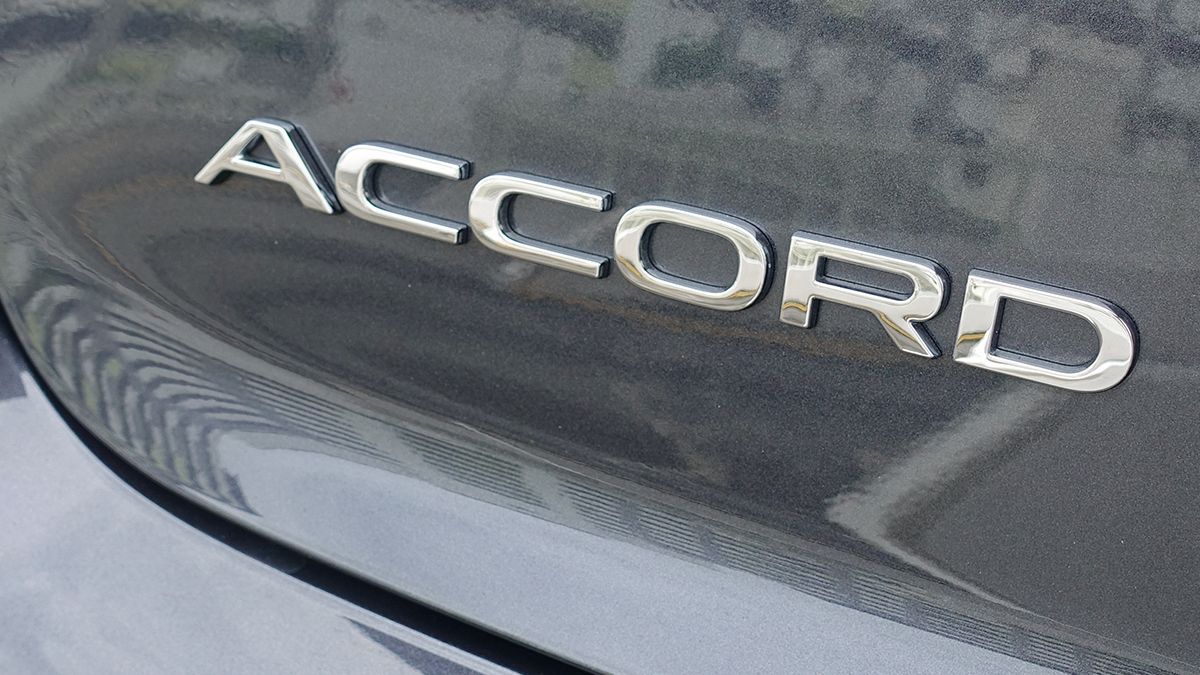
PHOTO: AsiaOne/Ben Chia
Since then, prices have fluctuated somewhat, but as of August 2025, the Accord Hybrid is still retailing for $295,999 with COE. It's a staggering amount to pay, especially considering that rivals like the Toyota Camry are going for almost 30 grand less, and it places the Accord uncomfortably close to offerings from some German premium brands.
Should I buy one? The Accord is a tremendously well-rounded large sedan that offers plenty of delights for the keen driving enthusiast, and is an unbeatable choice if you value having fun behind the wheel. Whether you think its price is worth paying is something else altogether.
Audi A5 Sedan

PHOTO: AsiaOne/Ben Chia
What is it? The new Audi A5 Sedan is the result of a convoluted renaming strategy from Audi. The car is meant as a replacement for both its previous A4 and A5 models, and Audi had intended to consolidate its line-up by assigning odd numbers to internal combustion engine (ICE) models, and even numbers to electric vehicles.
It has since reversed its decision on that strategy, but nevertheless the new A5 is here now, supposedly to play the role of two cars in one.
What's good about it? Bearing the A5 name means that it takes on the sleek styling of its namesake predecessor, instead of the relatively conservative looks of the A4.

PHOTO: AsiaOne/Ben Chia
The swoopy fastback design, with its curvy lines, certainly does turn heads. At the very least, you'll stand out in the office carpark in the CBD among the masses of lookalike executive sedans.
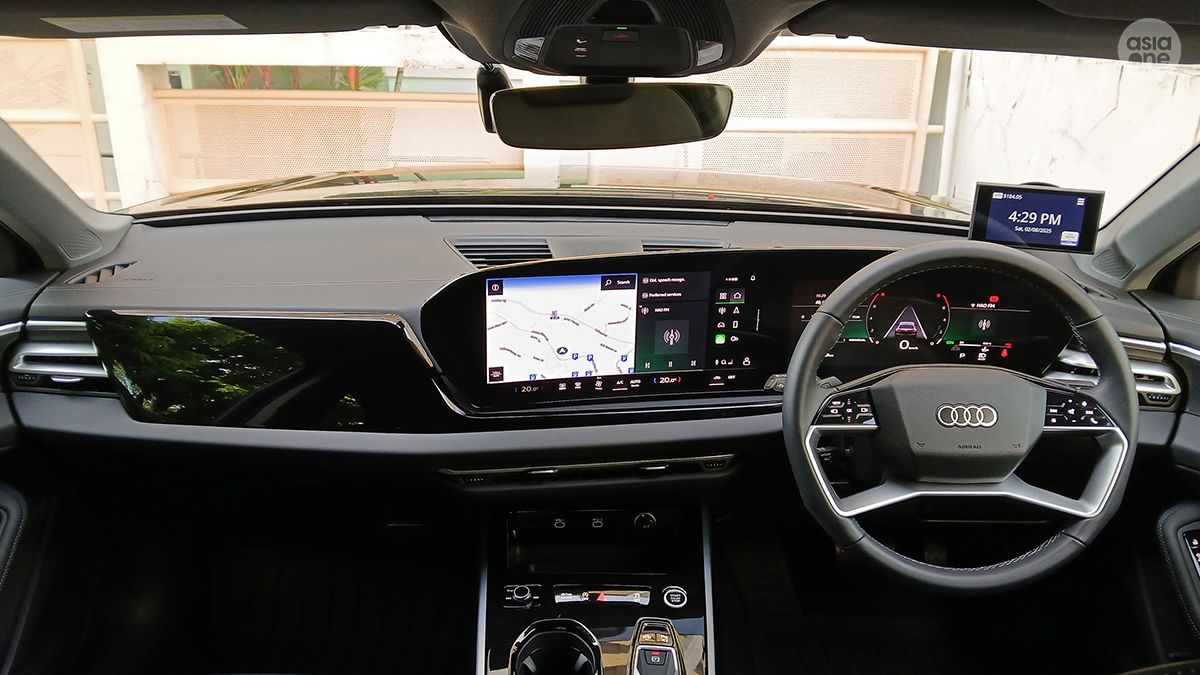
PHOTO: AsiaOne/Ben Chia
The interior, too, has been completely revamped, and is near unrecognisable to those who are familiar with Audi's past designs. The highlight - what Audi calls the Digital Stage - consists of a large panoramic display that incorporates the 14.5-inch infotainment touchscreen and the 11.9-inch digital driver's instrument panel.
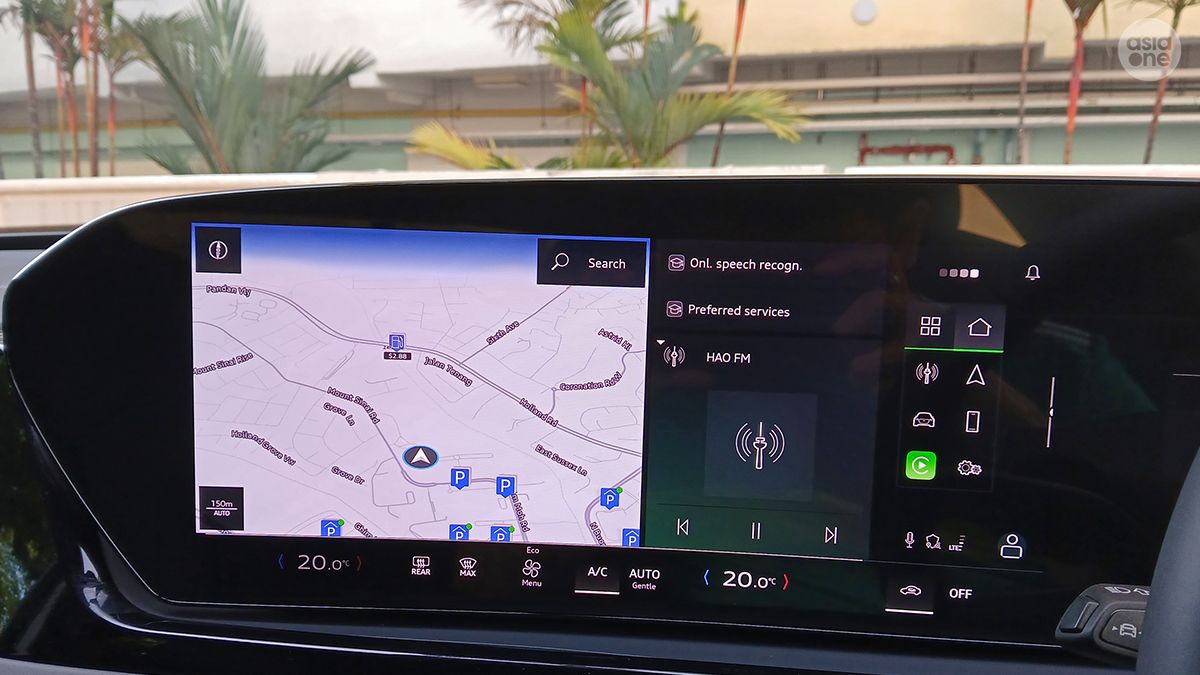
PHOTO: AsiaOne/Ben Chia
It certainly looks distinctive, and the way that the infotainment screen curves towards the driver makes it a lot more intuitive to use than Audi's previous setup. The result is a cabin that feels suitably classy and yet futuristic at the same time.
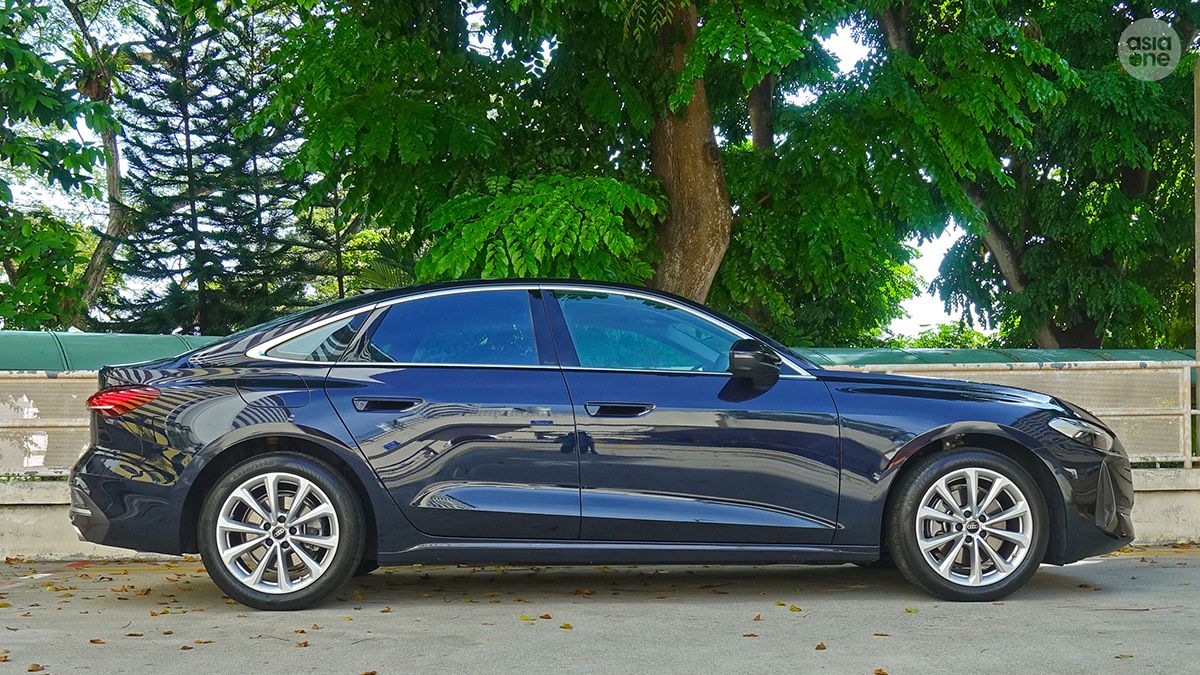
PHOTO: AsiaOne/Ben Chia
The A5 rides on Audi's new Premium Platform Combustion (PPC) architecture, and once you get behind the wheel, you'll immediately note its excellent comfort and refinement. The A5 glides over roads effortlessly, with its smooth ride quality and general lack of noise, making it an excellent companion on road trips.

The A5 Sedan's 2.0-litre engine produces 201hp and 340Nm of torque, and is smooth and effective in its power delivery. PHOTO: AsiaOne/Ben Chia
The 2.0-litre engine produces 201hp and 340Nm of torque, and proves more than adequate in this application. There's enough grunt to execute overtaking moves effectively, and power comes on in a linear fashion that gives the car a rather relaxed demeanour.
What can be improved? Audis aren't exactly renowned for their dynamic prowess, and while there's nothing fundamentally wrong with the A5's handling, it does come across as a bit dull and unexciting.

PHOTO: AsiaOne/Ben Chia
It is stable and sure-footed in the corners undoubtedly, but it doesn't exactly tingle the senses. Push it harder and the front wheels start to complain, imploring you to back off and take it easy.

PHOTO: AsiaOne/Ben Chia
The car's sloping roofline means that it is not exactly the most spacious inside too. Two average-sized adults would probably fit in the back just fine, but three would be a squeeze, and taller individuals might find headroom a bit tight.
Should I buy one? The A5 Sedan's price tag of $295,999 with COE (as of August 2025) is not exactly cheap, but if you're looking for a premium executive sedan that's stylish and a bit different from the usual German selection, then it could well be worth looking at.
Mercedes-AMG E53 PHEV
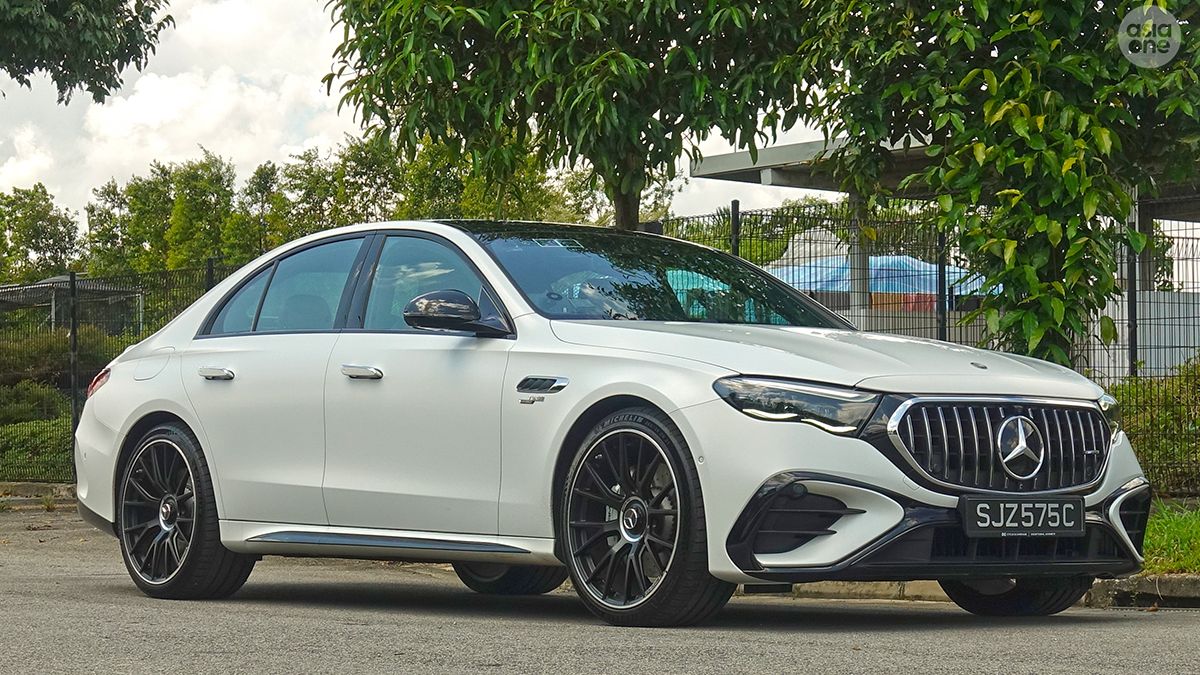
PHOTO: AsiaOne/Ben Chia
What is it? The E53 AMG is currently the most powerful version of Mercedes-Benz's E-Class mid-sized executive sedan you can buy right now. But this latest model adds a bit of a twist, in the form of a plug-in hybrid powertrain, which is not something you see often in performance cars.
What's good about it? Any car with 585hp and 750Nm of torque is bound to be fast, and the E53 AMG definitely delivers. 0-100km/h comes up in just 3.8 seconds, and the 3.0-litre straight-six engine does make a nice noise when you push it hard, although it doesn't quite have the same visceral roar as the V8 from the previous generation's E63 AMG.
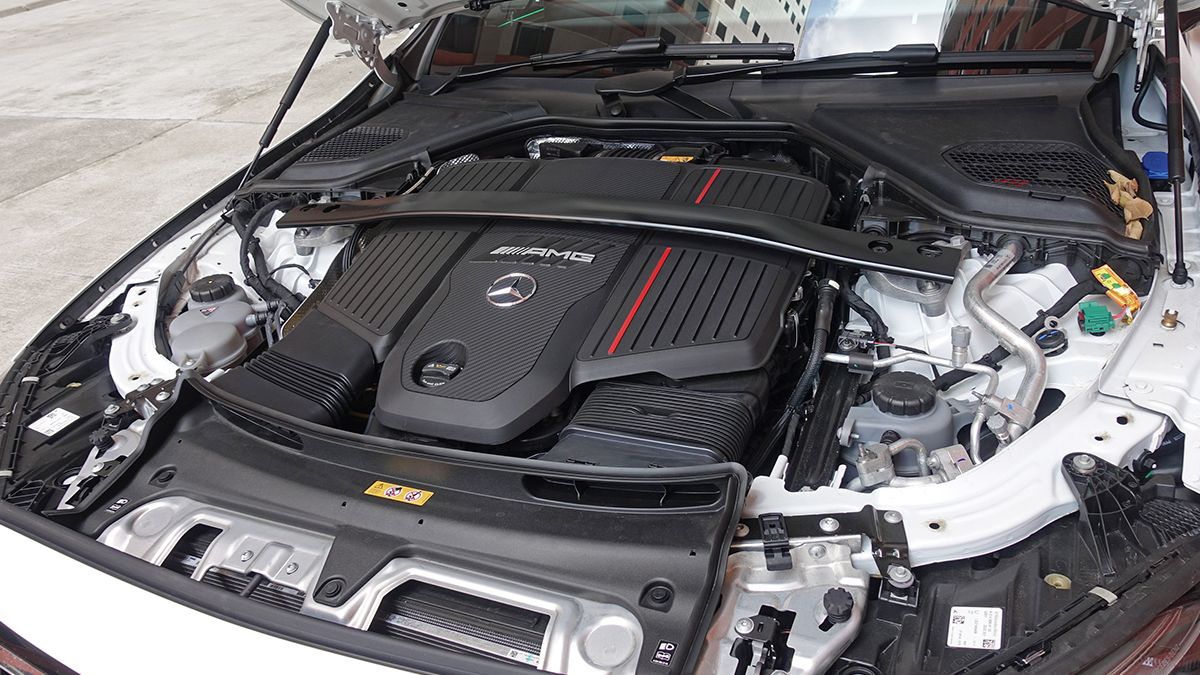
The E53 AMG's 3.0-litre straight-six engine puts out an impressive 585hp and 750Nm of torque. PHOTO: AsiaOne/Ben Chia
The E53 AMG's biggest strength, though, is the way it behaves at high speed, and it feels absolutely unruffled no matter how fast you go. For a performance-oriented car, the E53 AMG's ride quality is really top-notch, and is more than a match for many luxury cars in this price segment.
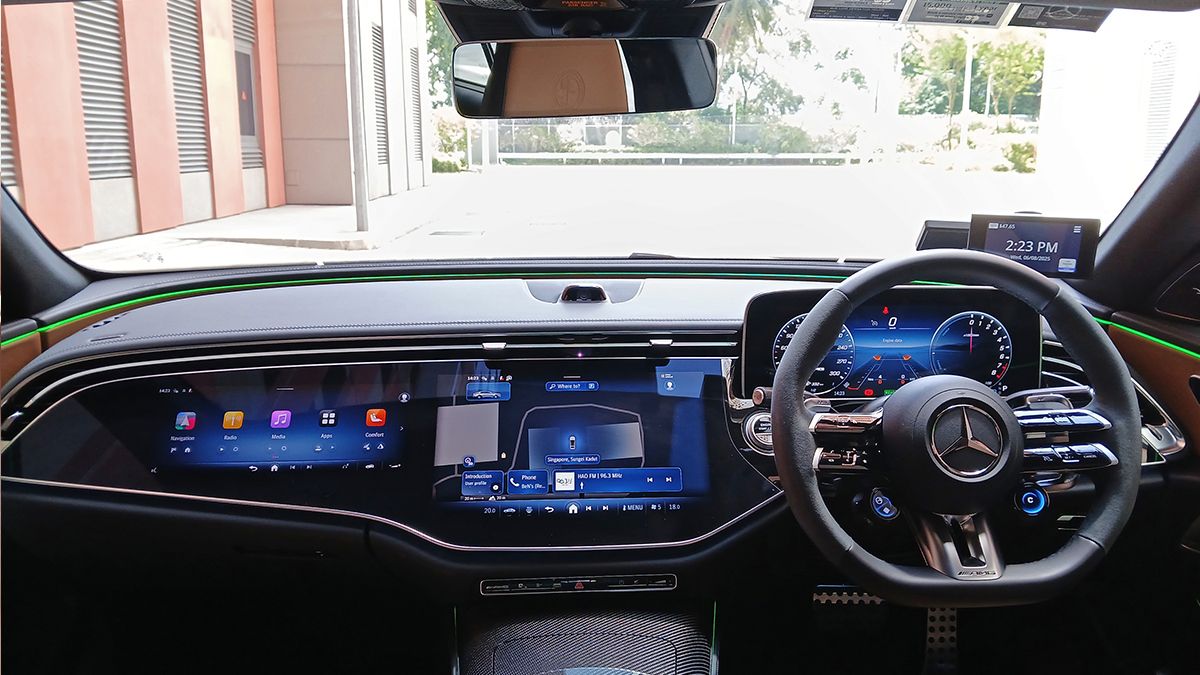
The large Superscreen that stretches across the dashboard is a highlight of the E53 AMG's interior. PHOTO: AsiaOne/Ben Chia
Being a Mercedes-Benz, you'll get an impressively-finished interior that blends a right mix of style and tech. The large Superscreen, as Mercedes-Benz calls it, combines the central infotainment touchscreen with another display for the front passenger, allowing him to control functions like the music or navigation instead of leaving it to the driver.
What can be improved? Despite its massive power output, there's no escaping the E53 AMG's weight of almost 2.4 tonnes. There is a slight sense of sluggishness when you initially floor the accelerator, before the engine's power kicks in and punches you towards the horizon rapidly.
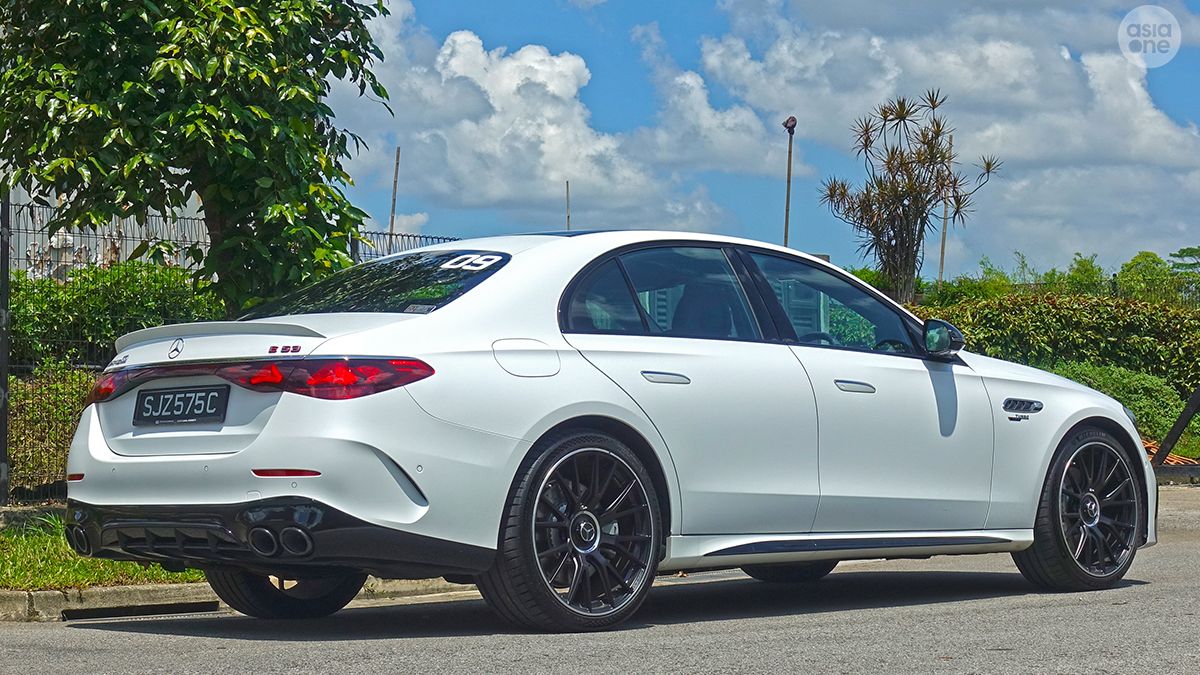
PHOTO: AsiaOne/Ben Chia
The E53 AMG feels like a car that would prefer you to build up speed more progressively instead. It seems much more in line with its character as a beefy and mature executive sedan, rather than a powerful sports car eager to blow everyone away.

PHOTO: AsiaOne/Ben Chia
This is reflected in its drivability too. Certainly, the various enhanced performance bits and the 4Matic+ four-wheel-drive system does give it plenty of composure when cornering. But it never really comes across as engaging or sharp enough to make you feel like you're truly enjoying yourself in this car.
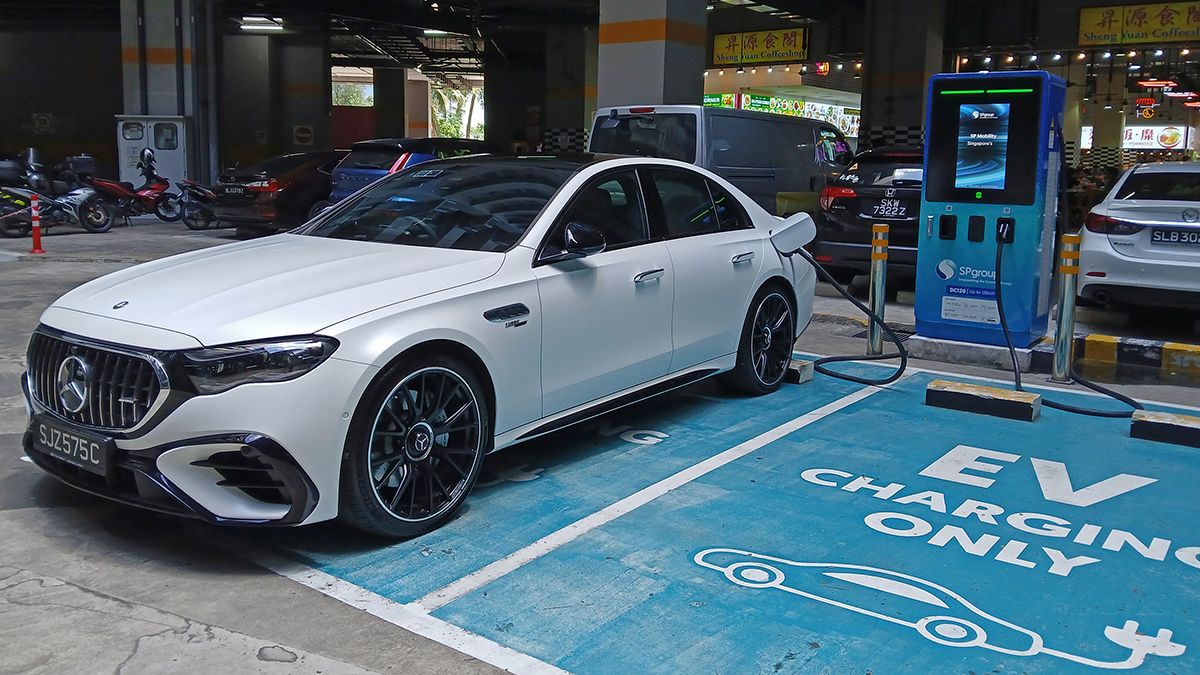
Being a plug-in hybrid means you can charge the E53 AMG like an EV. PHOTO: AsiaOne/Ben Chia
The plug-in hybrid drivetrain leaves much to be desired as well. On paper, it seems like a good idea, being able to offer zero emissions driving at low speeds, while offering an extra power boost when needed.

The E53 AMG has a claimed electric driving range of 104km on a full charge, but the real-world range is more likely to be around 80km or so. PHOTO: AsiaOne/Ben Chia
In reality though, the plug-in system feels a like bit of a deadweight. It has a claimed range of 104km in electric mode on a full charge, but you're likely only be able to get around 80km or so in the real world. So you're really just carrying a heavy battery and electric motor for no reason, most of the time, if the charge is depleted.
It doesn't do much for efficiency too, despite Mercedes-Benz's claim of the car being able to deliver 0.9 litres per 100km. Because let's face it, you don't buy a car like this to drive around like a careful old lady.

The huge performance brakes on the E53 AMG feel really weird in its operation. PHOTO: AsiaOne/Ben Chia
It also seems to give the brakes some weird behavioural traits, with its uneven application often catching you out by surprise, as you never know exactly how much pressure to exert. The inconsistency is hard to explain, and makes the driving experience a rather odd one.
Should I buy one? The E53 AMG's price tag of $542,888 with COE (as of August 2025) is staggeringly prohibitively, but of course, no AMG model can ever be truly called affordable.
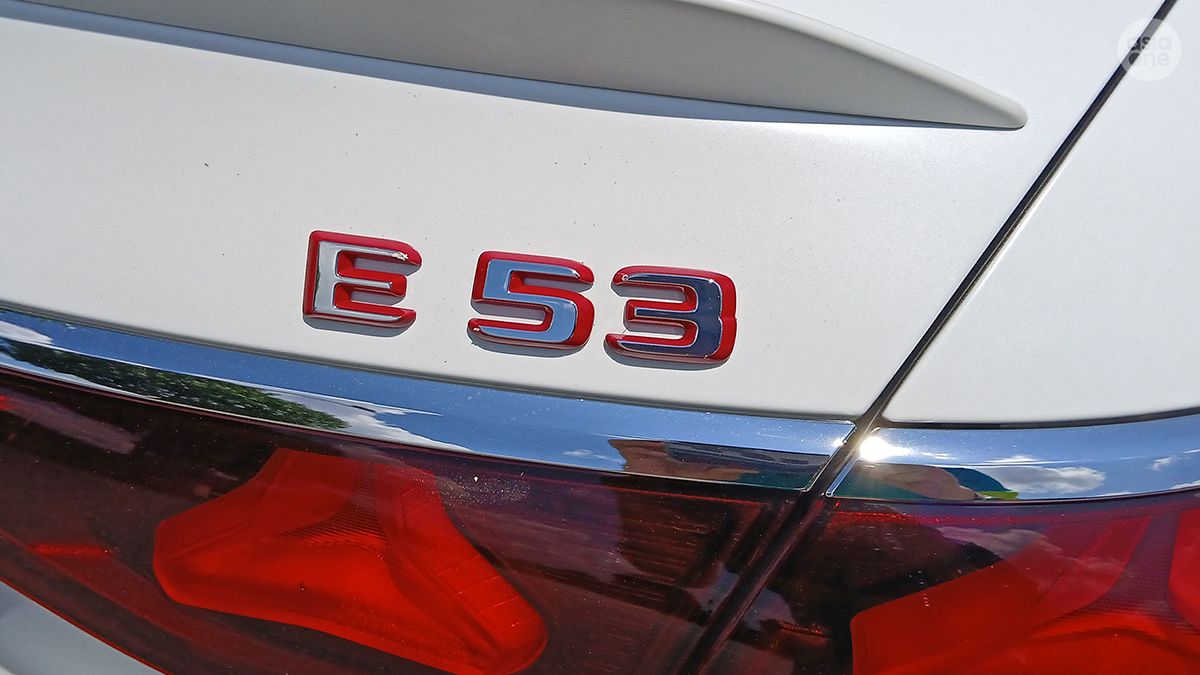
PHOTO: AsiaOne/Ben Chia
But if you're at that stage in life where your preferences lean more towards powerful refinement rather than hardcore brute strength, the E53 may be the AMG for you.
